Welcome Guest, Sign in Register Register
|
|
|
Search |
| 1.323.413.7895 M-F 9AM-5PM CST |

Fokker EIII Eindecker 90
By Balsa USA Item # 417 Item # 417
|
|
| In Stock. | |||
| Shipping Note: This item DOES NOT qualify for free shipping. | |||
The actual aircraft responsible for the Fokker Scourge! Our model is accurate in outline, but has been modernized! Sorry guys - we cheated, there is no wing warping, the model has ailerons, and a real airfoil is included at no extra charge! Now the preferred mount of Oswald Boelcke, Max Immelmann, and many of the First World War's early German Aces can be yours. The wing construction uses a unique "egg crate" type of assembly. Here the ribs lock onto a full-length, die-cut shear web for perfect alignment. The main spars are pre-slotted and this shear web/rib assembly locks into these slots top and bottom. This greatly increases the strength and simplicity of the wing construction without any weight penalty. The fuselage features die-cut fuselage sides and doublers for ease of construction. The fuselage is not a difficult to build "stick box" The Eindecker is very easy to build and you won't spend hours rigging it up at the flying field. Just plug in the aileron servos, bolt on the wing, and you are ready to go flying. Savor the flavor and fun of this very early aeroplane the easy way!
- Size: .90
| Kit Features: |
| Full Sized rolled Plans & Instructions |
| Jig & die cut parts |
| Pre-bent Wire Landing Gear |
| Basic Hardware Package |
| Removable "1-piece" bolt on wings |
| ABS Plastic Cowl Specifications: |
| Wing span:80 inches |
| Wing Area:1155 sq. in. |
| Wing Loading:16 oz./sq. ft. |
| Flying Weight:7-1/2 to 8 lbs. |
| Fuselage Length:56-1/2 inches |
| Engine Size Glow 2-Stroke:.46-.60 |
| Engine Size Glow 4-Stroke:.61-.91 |
| Cowl Diameter:7-3/8 inches
|
| Center of Gravity: 4-1/8 inches back from the leading edge of the Wing. |
| Control Throws: |
| Elevator: 1 inch up and down. |
| Rudder: 2 inch left and right. |
| Ailerons: 3/4 inch up and down. |
| Aileron Differential: 1 inch up and 3/4 inch down (differential recommended). |
| Engine Thrust Line: 1-2 Degrees DOWN, 1 Degree RIGHT. |










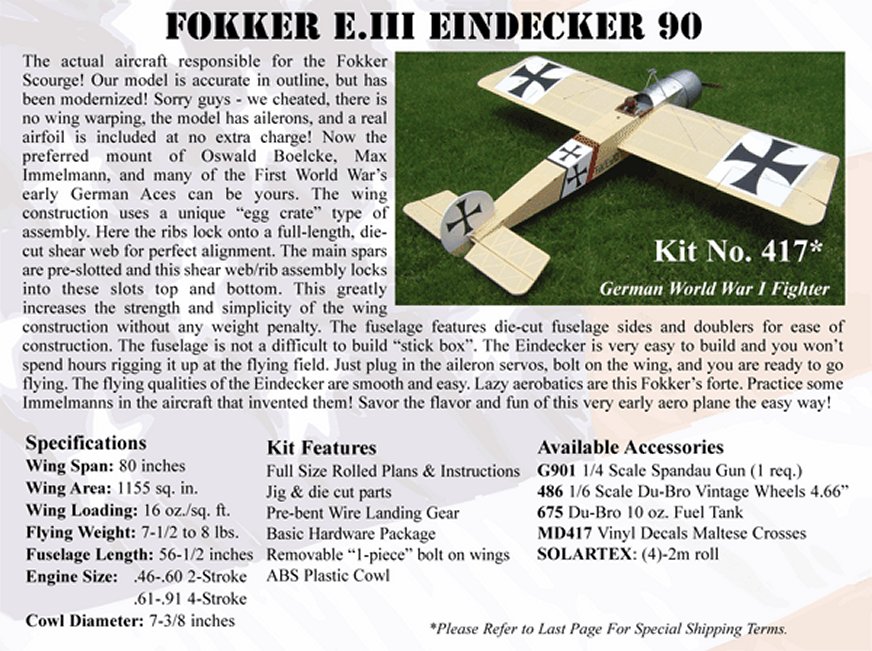









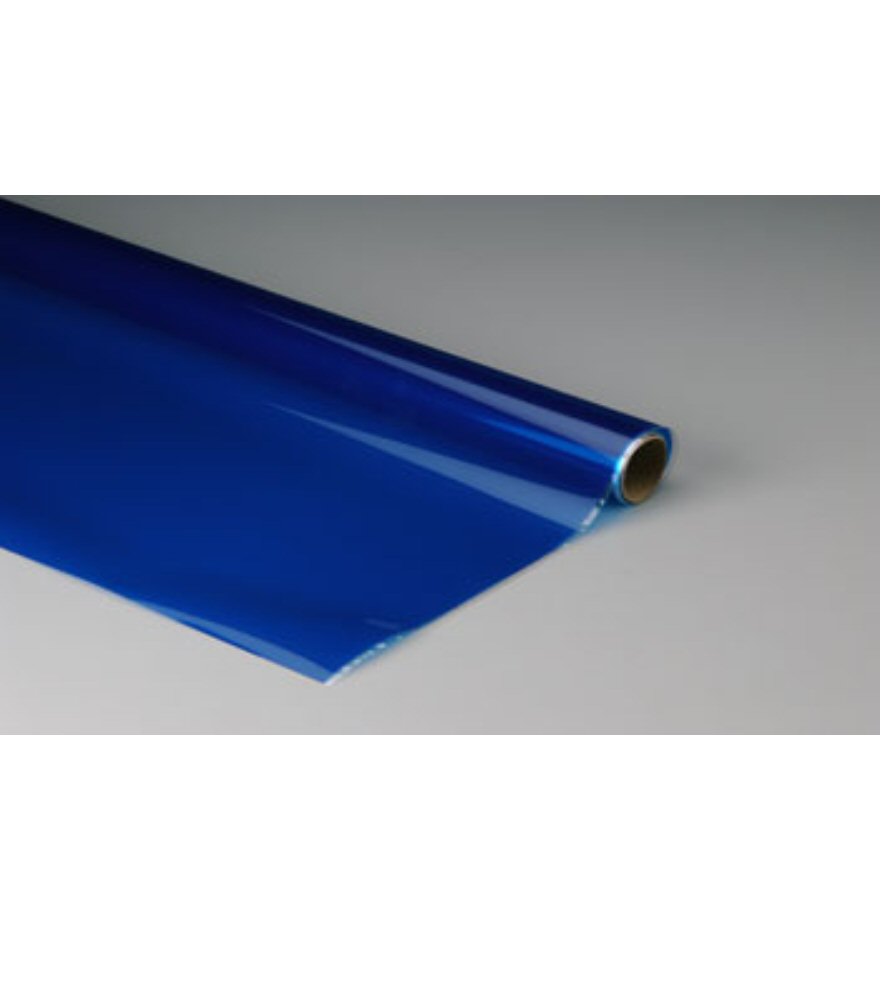
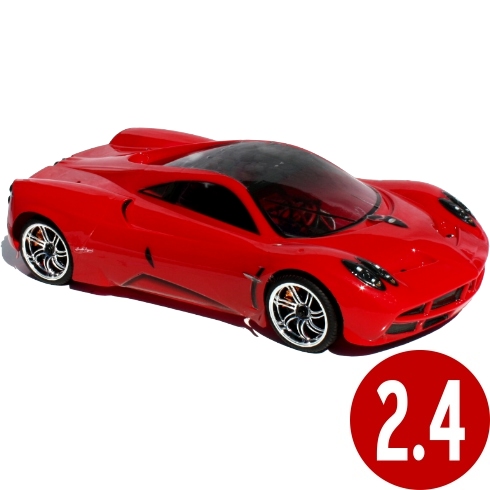
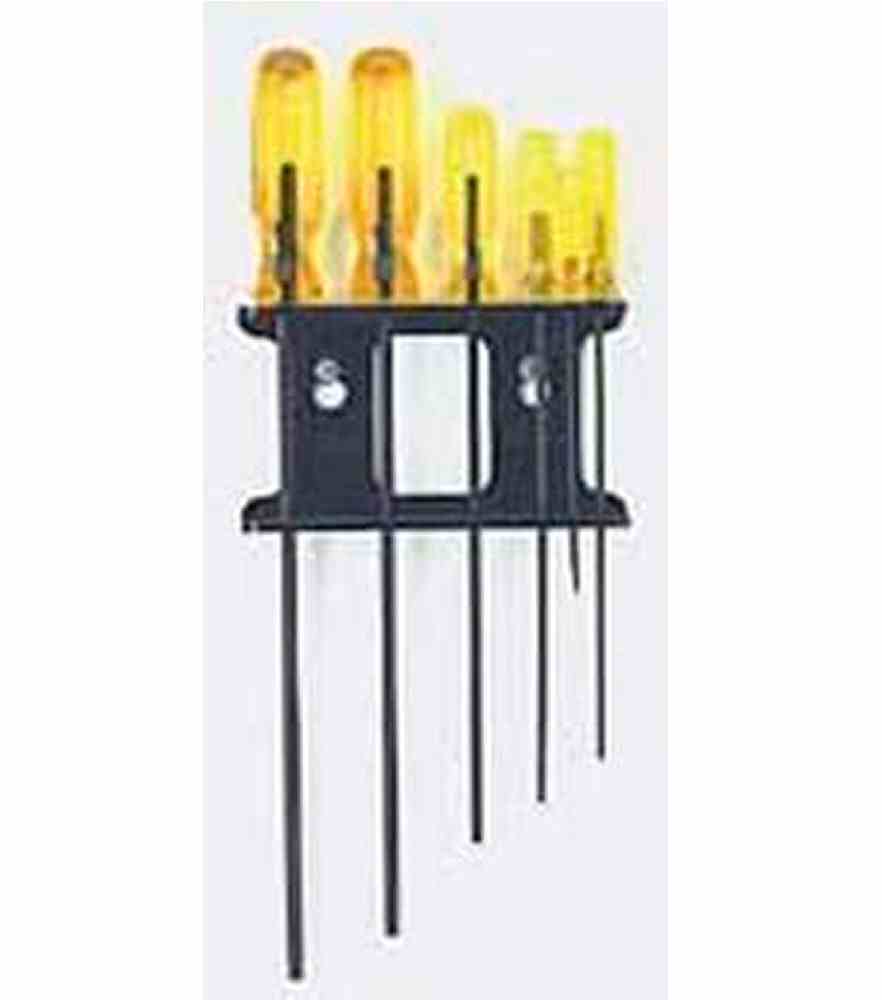
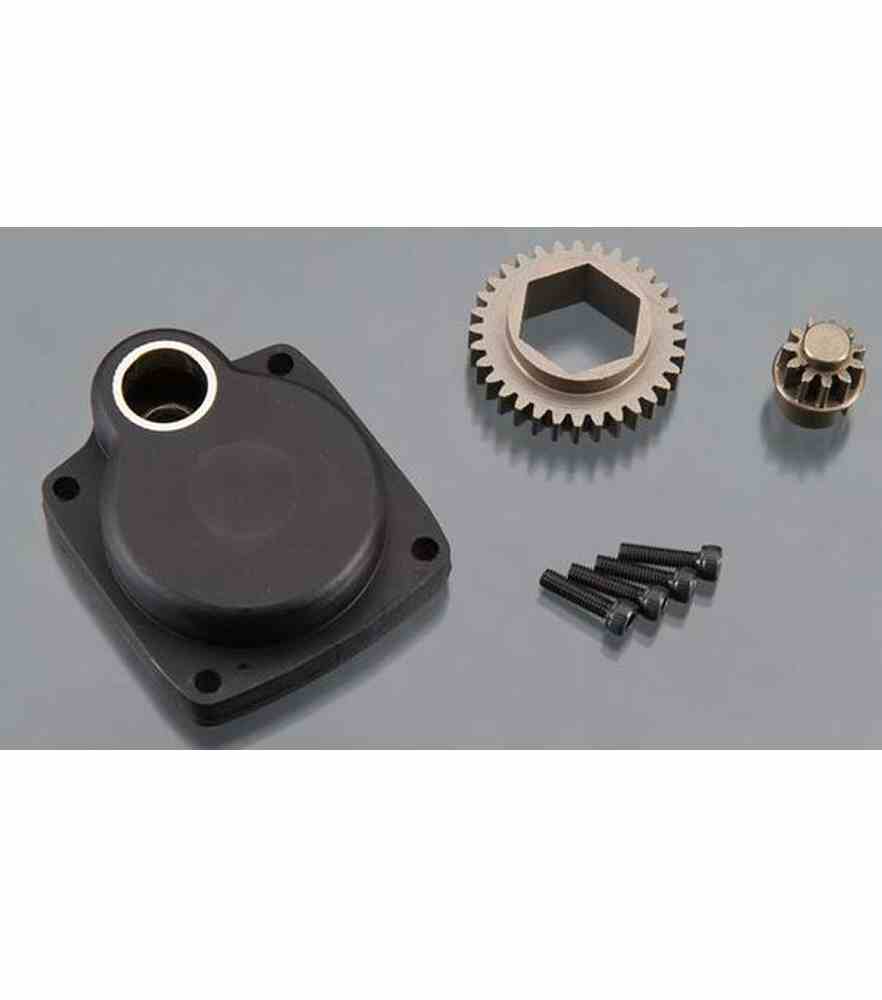
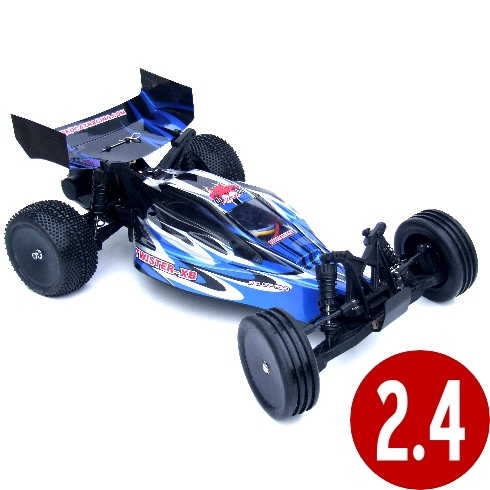
 LIVE CHAT
LIVE CHAT Like us on Facebook
Like us on Facebook Follow us on Twitter
Follow us on Twitter Find us on Pinterest
Find us on Pinterest